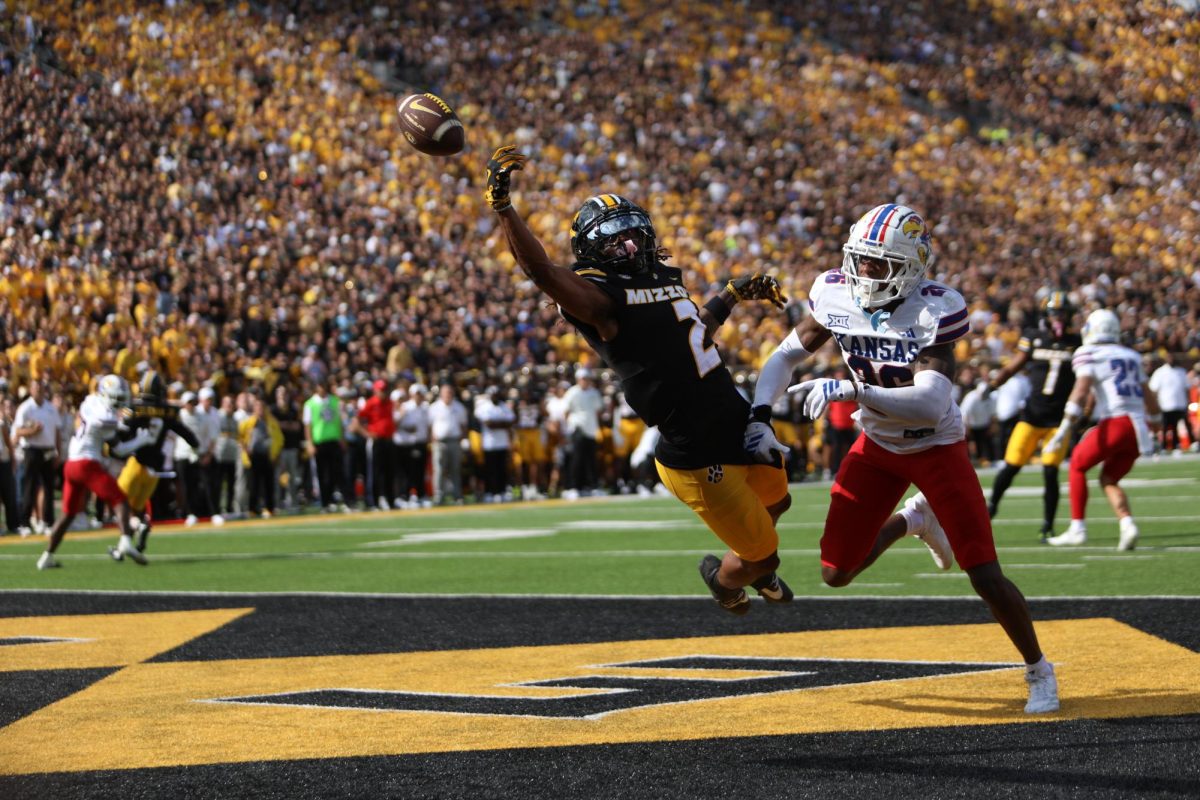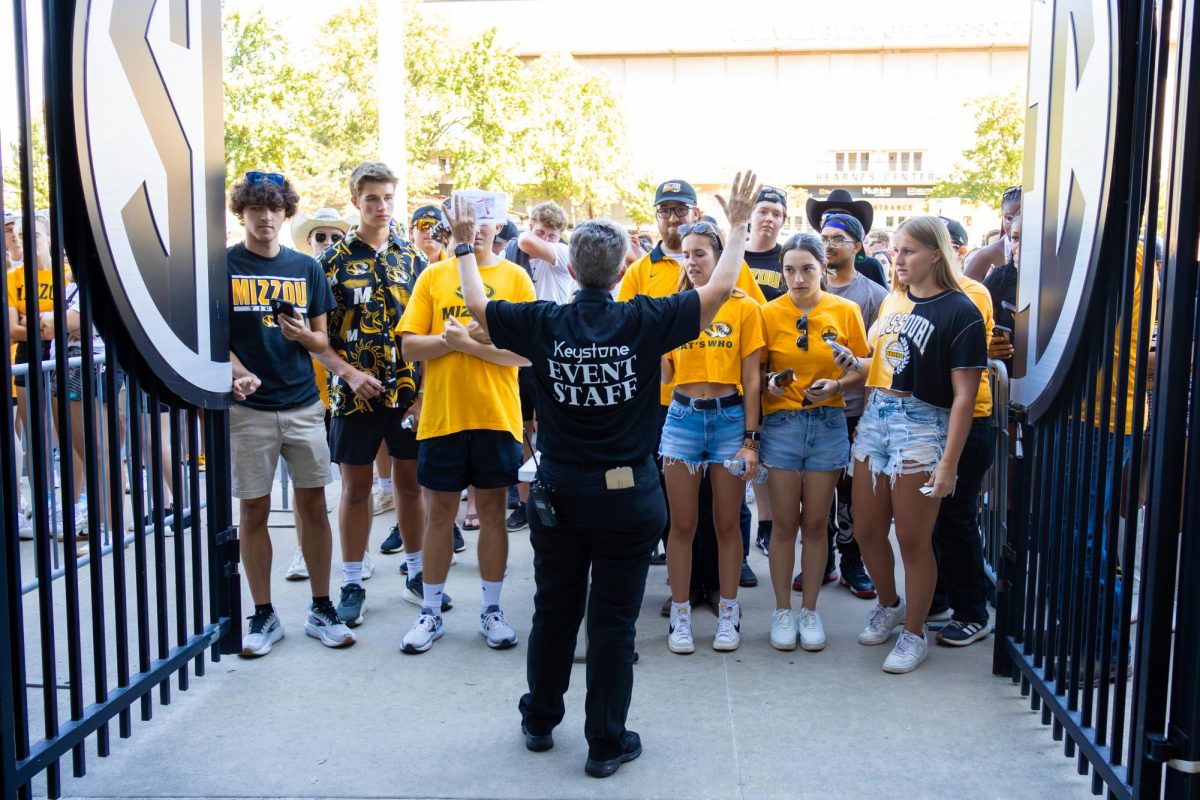The department of statistics has received a $2.85 million grant from the National Science Foundation and the United States Census Bureau to develop new models that will aid the U.S. Census Department in analyzing and tracking populations.
MU is part of the NSF-Census Research Network, which includes eight nodes. MU is one of these nodes in conjunction with The Ohio State University. MU applied for the grant after the NSF put out a “limited submission opportunity” for universities last November, associate professor of statistics Scott Holan said. He said the NSF and the Census Bureau then chose the proposals they felt were most likely to succeed.
The grant, which is the largest in the department’s history, will utilize data collected from the American Community Survey, a continuous survey that regularly gathers information that was once only included in the decennial census long-form.
“It’s an extremely important survey, since it replaces the decennial census long-form and provides a continuous data stream of timely, relevant information on our communities,” Holan said.
Holan, along with statistics professor Chris Wikle, is managing the grant.
Part of the grant’s focus is on developing spatio-temporal models, which emphasize relationships over space and time. Holan said these models will potentially improve on estimates coming from the American Community Survey.
Holan has previous experience working with the Census Bureau.
“I have worked with Census data, and data from other federal statistical agencies, mainly to develop methodology in the areas of data confidentiality, combining data from multiple surveys and time series methodology,” he said.
The models developed by Holan and Wikle could affect funding for federal programs.
“Other end-users use this information from the American Community Survey for things like No Child Left Behind and school lunch programs,” Holan said. “(It) helps decide where $400 billion worth of services and resources are going to be allocated.”
Another component of the grant involves education. Because of the grant, the statistics department will be able to support paid research positions for three undergraduate students, three graduate students and one post-doctoral student yearly over a period of five years.
Holan said there will be a variety of opportunities for undergraduate students, for example. Some of those opportunities include aspects of data preparation, exploratory data analysis, running basic models, programming and maintaining the node’s webpage.
“You could have anywhere from 10 to 15 undergraduates, four to six graduate students and a couple of post-docs (in the five-year span),” Holan said. “There will be a lot of people involved.”
Throughout the next five years, Holan and Wikle will provide feedback to the NSF through required annual reports. In addition, Holan said he expects several peer-reviewed publications, presentations and research reports as part of the Census Bureau’s research report series.







